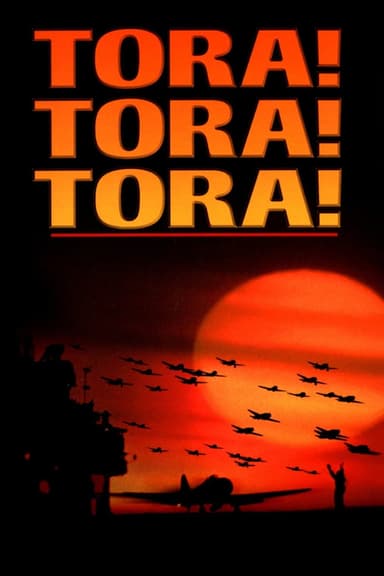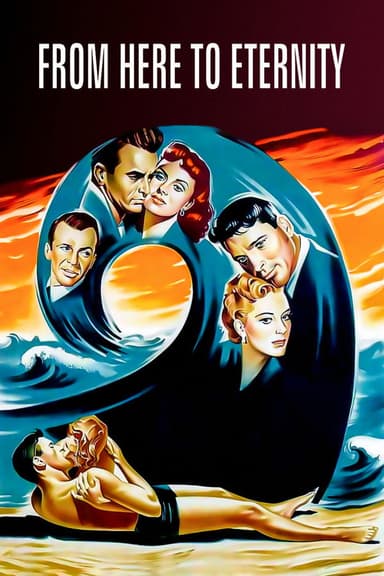
In Harm's Way
1965 • Drama, War • NR
A Naval officer, reprimanded after Pearl Harbor, is later promoted to Rear Admiral and gets a second chance to prove himself against the Japanese.
Runtime: 2h 45m
Why you should read the novel
Before immersing yourself in the acclaimed film adaptation, consider exploring James Bassett’s original novel, 'Harm’s Way'. The book offers a nuanced narrative driven by powerful character development and an authentic depiction of naval warfare during World War II. Bassett, himself a Navy officer, crafts scenes with a level of detail and intimacy rarely matched by Hollywood productions.
Reading the novel allows you to delve much deeper into the internal struggles, motivations, and relationships of the characters. You gain access to their inner monologues, doubts, and growth, providing a richer understanding of the story's emotional undercurrents. Subplots and secondary characters are explored more fully, painting a broader and more complex picture of life during wartime.
By experiencing 'Harm’s Way' in its written form, you get the opportunity to engage your imagination and truly appreciate the literary craft behind the story. The novel offers a contemplative pace and historical context that the film, constrained by time and production choices, cannot fully replicate. Don’t miss the original work that inspired the cinematic classic.
Adaptation differences
One major difference between Bassett’s novel and Otto Preminger’s film is the treatment and depth of character arcs. The book delves deeply into the personal backgrounds and inner thoughts of key figures such as Captain Rockwell Torrey and Commander Paul Eddington, allowing readers to understand their doubts, motivations, and emotional wounds. The film, by necessity, condenses these complexities, often reducing nuanced backstories to brief dialogues or visual cues.
Another significant change lies in the portrayal and development of romantic relationships. In the novel, the interactions between Torrey and Nurse Maggie Haynes are given more time to develop, imbued with subtle emotional shifts and societal contexts of the 1940s. The film, in contrast, must speed through their romance, relying on selective scenes rather than the gradual build found in the book.
The novel also explores a wider array of supporting characters, providing readers with a richer tapestry of wartime life and the burdens carried by each rank within the Navy. Subplots, particularly those involving secondary officers and medical staff, receive greater attention and resolution. The movie trims or omits several of these peripheral storylines for brevity and narrative focus, altering the emotional weight of particular events.
Finally, the book’s pacing and narrative structure differ from the film’s. Bassett creates a layered and sprawling narrative, allowing time for reflection and contemplation. The adaptation imposes a more linear, event-driven progression to maintain audience engagement and work within a standard runtime, resulting in certain themes and moral ambiguities becoming less pronounced in the movie than in the carefully constructed novel.
In Harm's Way inspired from
Harm's Way
by James Bassett








